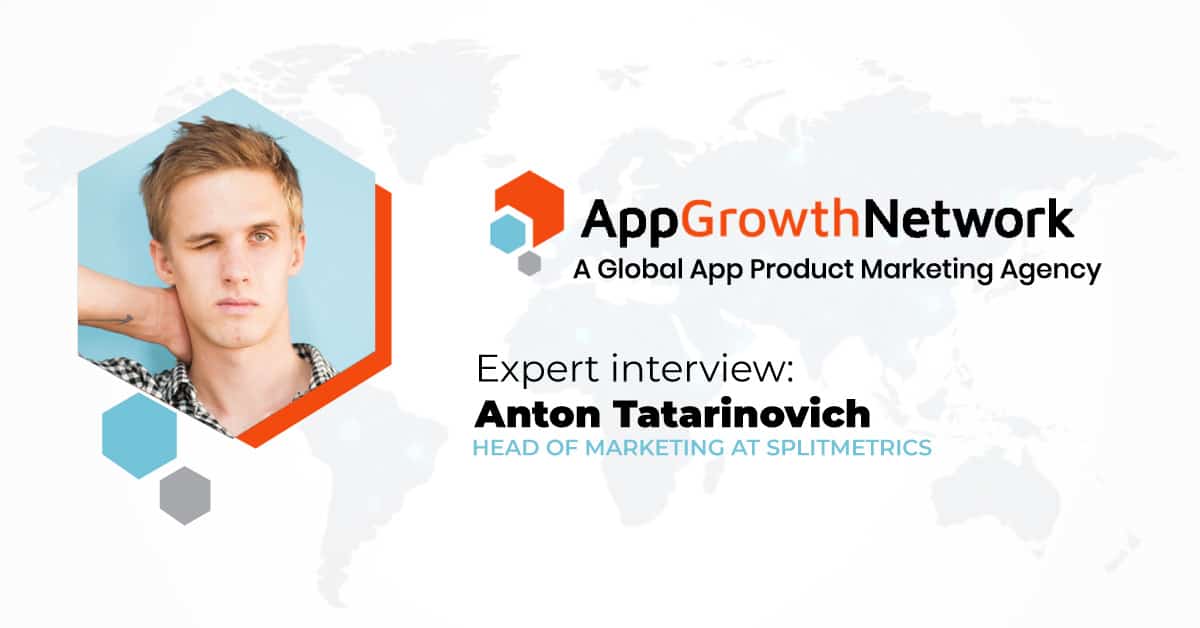Expert Interview: Anton Tatarinovich
Thank you for interviewing with us Anton.
Can you please tell us more about yourself, what you do and how long have you been in the app business?
My name is Anton Tatarinovich, Head of Marketing at SplitMetrics. I’ve been working in the tech industry for 4 years and past 2 years – in mobile app marketing & ASO.
In your opinion what are some of the top trends related to mobile app growth?
- It’s interesting how many well-established mobile-first companies still lack deep ASO expertise to this day. Though the ASO field itself dates back to the very inception of the App Store, some companies are just now becoming familiar with the field. Today many app publishers can extract meaningful business value from working on ASO optimization. And they do – look at how many new ASO jobs are posted daily in relevant communities by companies of all sizes.
- Apple Search Ads is still in early stages for publishers and will be growing as a user acquisition channel. Due to the relative freshness of the network, people are still to figure out best practices for running their Search Ads. When they do, ASA will establish itself as a go-to acquisition channel for lower parts of the marketing funnel. Numbers speak for themselves — there’s no better ad network for an app, with avg. 6,06% TTR (3x higher than the closest competitor) and up to 50% conversion rates (SearchAdsHQ 2019 Apple Search Ads Benchmarks Report).
- Research says that around 60% of overall app downloads come from branded search queries, depending on the category. It means that you do no brand marketing, you’re left with 40% of highly-competitive generic keywords and is low on direct installs.
I think that companies should start aligning their brand marketing with ASO, so that the whole funnel works effectively. It’s not a current trend, but that’s important.
New App developers seem to all want to focus on organic, but that seems to be hard to hack with low budgets unless super creative viral tactics or products. What is your philosophy here?
- Build virality inside a product itself: one acquired user should bring you one more. It’s called a viral loop and is measured by K-factor. Great examples of built-in virality are Facebook (offers to invite more friends when you sign up) and Nike Running (allows to share your progress on social media). There are numerous successful examples for both games and apps. Read more on viral loops on andrewchen.co.
- Make sure the app itself is of quality and won’t generate too many negative reviews from the start. Bad reviews and high app crash rates will drag you down the ranking, so keep an eye on those.
- Cover basic ASO: keywords, app page metadata, creatives. You don’t need a big budget to do initial keyword research — there’s plenty of information on that, for example — Phiture’s keyword optimization cycle https://asostack.com/keyword-optimization-cycle-5f47388c2b5. For creatives, see industry benchmarks and best practices in SplitMetrics blog.
- Use a mobile app analytics tool from the very start: Appsflyer, Adjust, Kochava, etc. — research the market and choose the one you’ve got money for. It will give you numbers on in-app events, UA channels performance, purchases and more. These numbers are essential, because if you have no numbers, you would have nothing to optimize in the first place.
When you finally have a budget – go HAM: hire experts, buy 3rd party tools, leverage paid UA (Apple Search Ads, Facebook, networks) or get some agency help.
Looking at App lifecycles, at what stage do you suggest the growth teams take steps back and hyper-optimize everything or send the product back to the lab before the next push?
In terms of taking a step back and measuring app growth results – it all depends on the size of the team and scale at which the app operates. If you have the resources to track and optimize keyword rankings, conversion rates, and Apple Search Ads on a daily basis — and you serve a big enough audience where even the smallest improvement will result in substantial revenue increase — do that.
If you’re a smaller team, do an app growth health-check weekly/bi-weekly depending on resources. Check vital performance metrics, ASO stats, conversion rates and paid UA performance.
In case you come over a problem inside the app itself, for example a serious stability issue — absolutely make it a priority. With such an issue present, your marketing resources will spill at the very bottom of the funnel, you’ll get no revenue and bad reviews. This will also negatively affect your organic rankings. So product quality first, growth marketing second.
What KPI do you look for to determine if an App is healthy?
I’ll outline a few:
CAC to LTV < 1, if an app is supposed to bring in revenue. If acquiring one customer costs you more money than you earn from him – business is unsustainable for the long term.
Ratings — ideally 4+ stars. The market speaks to you, so why not listen.
Also, vital performance metrics like crash rate and render time, to make sure the product itself is healthy.
If you were to give 2-3 final tips to Growing Apps, what would those be?
Use app analytics from the inception. It’s surprising how many app publishers don’t use a mobile app analytics tool and try to grow apps in the absence of clear numbers.
Be on the front line in-app growth trends, always test what works and apply findings quickly. A good example of a fresh trend is that in 2019 keyword optimization became not an ASO growth hack, but a necessity. What matters today is conversion optimization (use SplitMetrics to win here), using Apple Search Ads to obtain that #1 position in search (SearchAdsHQ helps with that best) and getting featured by the App Store.
CAC =< LTV all the way. Otherwise, your app won’t bring revenue and business will die.
Want to Learn more about App Growth or the App Industry? E-mail us at hello@Appgrowthnetwork.com
Related Articles
For Wellness apps, the most challenging approach is the conversion of the user from passive to active. [...]
In the realm of App Store Optimization (ASO) for iOS applications, a relatively untapped yet highly effective strategy [...]
In today's competitive app market, it's crucial for app developers and marketers to reach a wider audience and [...]










